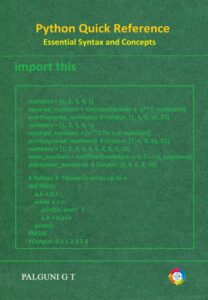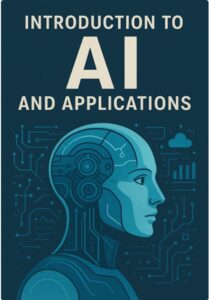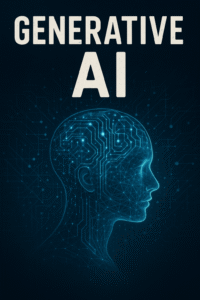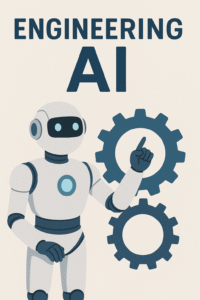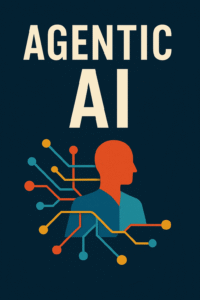Introduction
Artificial Intelligence (AI) has made significant strides in language generation, with applications like Chat GPT (Generative Pre-trained Transformer) impressively simulating human-like conversations. However, despite the advanced capabilities, Chat GPT is still far from being context and conscious aware. This article, delve into the reasons behind its limitations and explore the transformative steps required to bring about context and consciousness awareness in AI applications.
The Current Limitations
- Lack of True Understanding : Chat GPT and similar language models are trained using vast amounts of text data, allowing them to generate responses based on patterns and statistics. However, they lack genuine understanding of language, context, and meaning. Without comprehension, they can’t be truly context-aware in a conversation.
- Absence of Memory: One of the primary limitations of Chat GPT is its lack of long-term memory. Each input is treated independently, and the model cannot retain information from previous interactions. Consequently, it struggles to maintain context over extended conversations, hindering the generation of coherent responses.
- Limited Attention Span: While attention mechanisms in Chat GPT help focus on relevant parts of the input text, there is still a limit to how much information can be processed in one pass. Complex conversations or extended context often exceed this capacity, leading to incomplete understanding and potentially inaccurate responses.
- No Self-awareness or Consciousness : Chat GPT operates as a machine learning model, devoid of any form of self-awareness or consciousness. It lacks subjective experiences and the understanding of its own existence, making it incapable of grasping the outside world beyond the training data.
Transformational Steps Towards Context and Conscious Awareness
- Enhanced Architecture :To achieve context awareness, researchers must develop new AI architectures that can efficiently handle memory and contextual information. Recurrent neural networks or memory-augmented transformers are potential avenues to explore, enabling models to store and retrieve information from previous interactions, enhancing long-term context retention.
- Long-term Memory: Integration Introducing an external or internal memory mechanism is crucial for AI models to maintain context over extended conversations. By remembering key details and insights from previous turns, the AI can respond coherently and meaningfully within the conversation’s context.
- Contextual Attention: Mechanisms Improving the attention mechanisms is essential for making AI context-aware. Researchers can explore techniques that allow the model to maintain focus on the most relevant parts of the conversation and consider past interactions when generating responses.
- Ethical Considerations : As AI progresses towards context and consciousness awareness, ethical considerations must be prioritized. Safeguards should be in place to protect user privacy and ensure responsible AI development. Transparency and accountability are crucial in mitigating potential risks and biases that might arise from more sophisticated AI models.
- Integrating Cognitive Science: Context and consciousness are deeply connected to human cognition. To approach true consciousness in AI, it may require interdisciplinary collaboration with experts in neuroscience and cognitive science. Understanding human subjective experiences and consciousness itself could provide valuable insights for AI development.
Conclusion
While Chat GPT and similar language models have revolutionized AI language generation, they are currently limited by their lack of context and consciousness awareness. Overcoming these limitations requires transformative changes in AI architecture, memory integration, attention mechanisms, and ethical considerations. Achieving context and consciousness awareness in AI applications is a complex and ambitious goal that may require interdisciplinary research and a deeper understanding of human cognition. As the AI field progresses responsibly, it may eventually pave the way for AI systems that can truly understand and respond within meaningful contexts.


